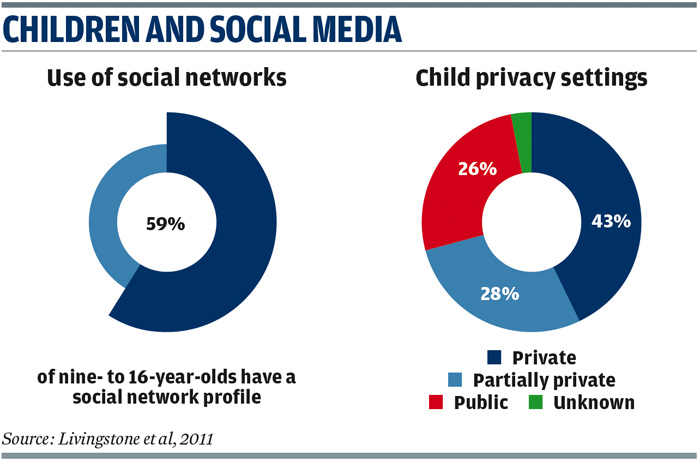
The review included research published since 2010 and based on the specific exclusion and inclusion criteria for the review. Fifteen studies were included in the analysis.
Findings
Four areas were identified where there is a risk that children and young people can be exposed to harm through their use of social media:

Other findings
The research also highlighted how the extent of the risk depends upon the developmental stage and social circumstances. The findings suggest that children aged approximately nine to 11 begin exploring the question of what is real or fake; by 11 to 13, what is fun, even if it is transgressive or fake; and by 14 to 16, what is valuable for them in their increasingly complex social and emotional lives (Livingstone, 2014).
Register Now to Continue Reading
Thank you for visiting Children & Young People Now and making use of our archive of more than 60,000 expert features, topics hubs, case studies and policy updates. Why not register today and enjoy the following great benefits:
What's Included
-
Free access to 4 subscriber-only articles per month
-
Email newsletter providing advice and guidance across the sector
Already have an account? Sign in here

